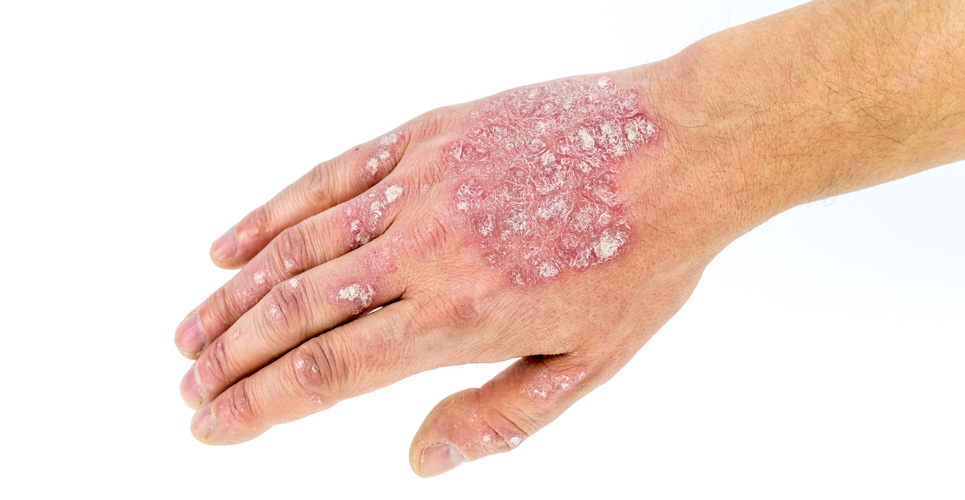teaser
Findings from a pooled analyses of the ongoing STELARA®▼ (ustekinumab) psoriasis clinical development programme showed that the safety profile of ustekinumab and rates of adverse events remained consistent and stable over time in adults with moderate-to-severe plaque psoriasis receiving up to four years of treatment.
Psoriasis is a chronic, immune-mediated disease that results from the overproduction of skin cells. It affects 1.5 million people in the United Kingdom, of whom 20–30% are estimated to have moderate-to-severe disease, and can have a significant physical and psychological impact on those affected. Plaque psoriasis often results in patches of thick, red or inflamed skin covered with silvery scales (known as plaques). These plaques usually itch or feel sore, can crack and bleed, and can occur anywhere on the body. The disease symptoms can range from mild, to moderate, to severe and disabling.
The four year safety analysis, which includes the Phase 2, PHOENIX 1, PHOENIX 2 and ACCEPT trials, evaluated a large psoriasis-focused clinical trial safety database. More than 1,100 patients had been treated for at least three years with ustekinumab and more than 600 patients had been treated for at least four years, representing a total of nearly 6,800 patient years (PY).
“These findings are promising and support a favourable benefit-to-risk profile for ustekinumab with up to four years of treatment,” said Professor Kristian Reich, MD, Department of Dermatology of Dermatolgikum, Hamburg, Germany, and lead trial investigator for the PHOENIX 2 study. “Ongoing studies in psoriasis will continue to define the safety profile of ustekinumab in the psoriatic population.”
Professor Christopher Griffiths, University of Manchester, UK, and lead trial investigator for the ACCEPT study, said: “Biological therapies are a valuable advancement in the treatment of moderate-to-severe psoriasis. To support dermatologists in their decision-making about the most suitable treatment option for patients, it is important to have long-term data on available therapies. This pooled 4-year safety data provides a growing and significant body of evidence about the role ustekinumab can play in the management of this chronic, life-long condition.”
The pooled safety data, from a total of 3,117 patients, showed rates of adverse events (AEs) to be generally stable over time up to four years of treatment with ustekinumab. The most commonly reported AEs [at least 5 per 100 PY] included nasopharyngitis, upper respiratory tract infection, arthralgia, headache, back pain and influenza. Cumulative rates of AEs of interest, including serious infections (0.8 and 1.32 per 100 PY for 45mg and 90mg ustekinumab patient groups, respectively), non-melanoma skin cancer (0.70; 0.53 per 100 PY, respectively), other malignancies (0.63; 0.61 per 100 PY, respectively) and major adverse cardiovascular events (MACE) (0.42; 0.36 per 100 PY, respectively) remained generally stable during the time periods evaluated.
The observed rate of malignancies (excluding non-melanoma skin cancers) was consistent with that expected in the general U.S. population, derived from the Surveillance, Epidemiology and End Results (SEER) Database. Rate of non-fatal myocardial infarction (MI) or stroke was not elevated when compared with the general U.S. population and psoriasis population, derived from the U.S. Framingham Database and the UK General Practice Research Database (GPRD), respectively.
Janssen Pharmaceutical Companies of Johnson & Johnson

